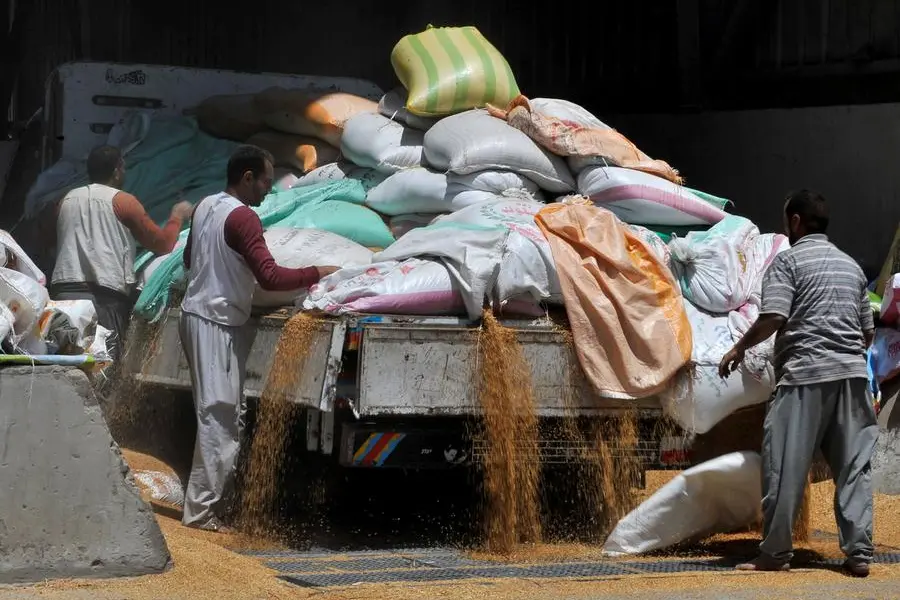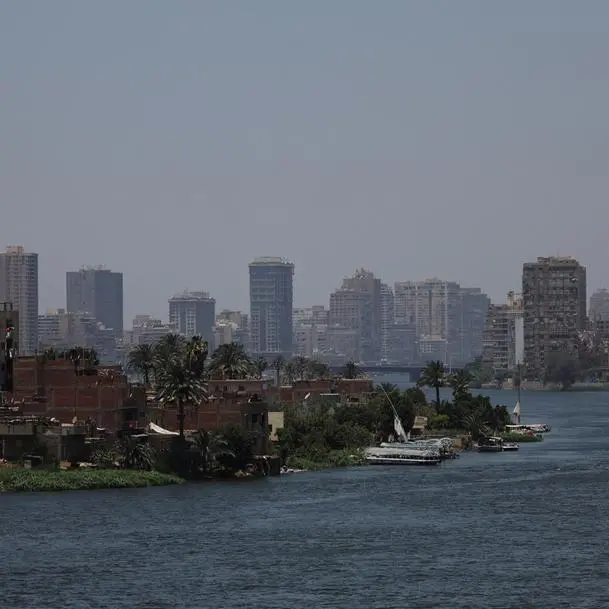PHOTO
The Egyptian government decided on April 12th to increase the local wheat procurement price by EGP 250 per ardeb (equivalent to 150 kilograms). This 20% increase brought the price of wheat to EGP 1,500 per ardeb for the 2023 season.
The cabinet has been monetary motivating local farmers since the beginning of the Russian-Ukrainian War in February 2022 to supply their wheat harvest to the government. In this Factsheet, Arab Finance will present to you how local wheat production supported Egypt’s food security amid the recent global crisis.
- Wheat grains were first cultivated in the times of Pharos, and since then, wheat bread has been an essential food for Egyptians. In season 2021/2022, Egypt’s consumption of wheat reached 20 million tons, while the local production recorded 9 million tons.
- The government subsidized the local consumption of wheat flour and bread with EGP 54 billion, acquiring 60% of the food subsidy in fiscal year (FY) 2022/2023 budget.
- The local supply-demand gap is filled by imports. In 2021, Egypt was the world’s sixth largest wheat importer, with a share of around 4% of global wheat imports, where Egypt’s imports amounted to $2.4 billion. As one of the largest wheat importers in the world, Egypt relied on 14 markets for wheat imports, including Russia, Ukraine, Romania, the USA, France, and Kazakhstan.
- In February 2022, the Russian-Ukrainian war broke out and severely affected the global grain supply and prices, especially wheat as the two countries supply the world with 21.4% of its needs from wheat. Global wheat prices increased by 19.7% month-on-month (MoM) in March 2022. Moreover, Ukraine’s exports of wheat fell by 58.2% in season 2022/2023.
- Egypt was among the countries that were sharply affected by this war, as the two countries supply Egypt with 80% of its imports. Moreover, the hike in wheat prices burdened the public budget with an extra EGP 12-15 billion.
- The government’s plan to overcome this situation depended mainly on two pillars, the first is finding new international suppliers, and the second is setting a plan to collect the largest possible amount of wheat from local farmers.
- Prior to the global wheat supply shortage, in 2021, the government collected around 3.5 million tons from local farmers. However, as a last resort, the government worked on several dimensions to increase the procurement of wheat from local farmers, collecting 4.2 million tons in 2022.
- Egypt’s harvest and supply season of wheat starts from mid-April to mid-July. Yet the Egyptian government extended this duration to start at the beginning of April and end by August to be able to collect the largest amount of wheat to store it in silos for future consumption.
- The state owns 44 silos with a total storage capacity of 2.7 million tons. In addition, the government also uses rented silos, hangars, bunkers, assembly centers, grain bins, and wheat procurement centers to fill the storage gap.
- Egypt targets rising self-sufficiency of domestic wheat output from 45% to 65% by 2025. To achieve this end, the government launched a national silos project to increase the storage capacity of wheat. Under this project, 60 new silos will be built nationwide with a capacity of 10,000 tons each.
Copyright © 2022 Arab Finance Brokerage Company All rights reserved. Provided by SyndiGate Media Inc. (Syndigate.info).





















